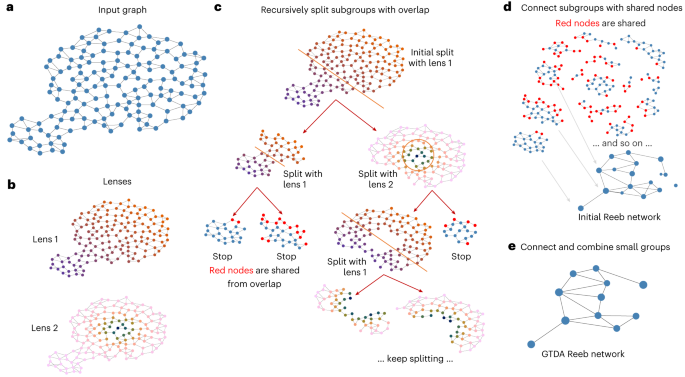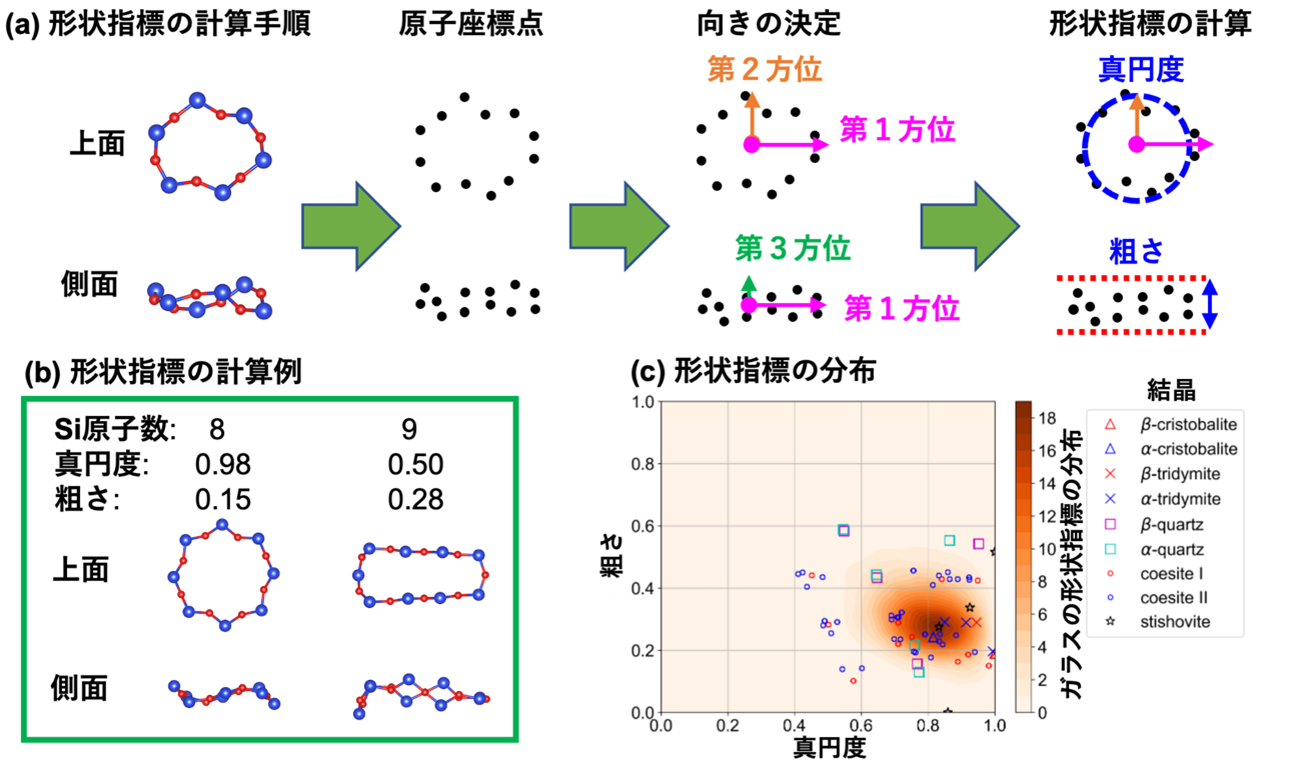2023-11-16 パデュー大学
◆デイビッド・グライク教授によると、ツールはニューラルネットワークが「情報が不足していると伝えている場所を見つけるのを助ける」ものであり、高いリスクのニューラルネットワークの決定の場面での利用を奨励しています。
<関連情報>
- https://www.purdue.edu/newsroom/releases/2023/Q4/the-minds-eye-of-a-neural-network-system.html
- https://www.nature.com/articles/s42256-023-00749-8
複雑な予測のトポロジー構造 Topological structure of complex predictions
Meng Liu,Tamal K. Dey & David F. Gleich
Nature Machine Intelligence Published:17 November 2023
DOI:https://doi.org/10.1038/s42256-023-00749-8

Abstract
Current complex prediction models are the result of fitting deep neural networks, graph convolutional networks or transducers to a set of training data. A key challenge with these models is that they are highly parameterized, which makes describing and interpreting the prediction strategies difficult. We use topological data analysis to transform these complex prediction models into a simplified topological view of the prediction landscape. The result is a map of the predictions that enables inspection of the model results with more specificity than dimensionality-reduction methods such as tSNE and UMAP. The methods scale up to large datasets across different domains. We present a case study of a transformer-based model previously designed to predict expression levels of a piece of DNA in thousands of genomic tracks. When the model is used to study mutations in the BRCA1 gene, our topological analysis shows that it is sensitive to the location of a mutation and the exon structure of BRCA1 in ways that cannot be found with tools based on dimensionality reduction. Moreover, the topological framework offers multiple ways to inspect results, including an error estimate that is more accurate than model uncertainty. Further studies show how these ideas produce useful results in graph-based learning and image classification.



